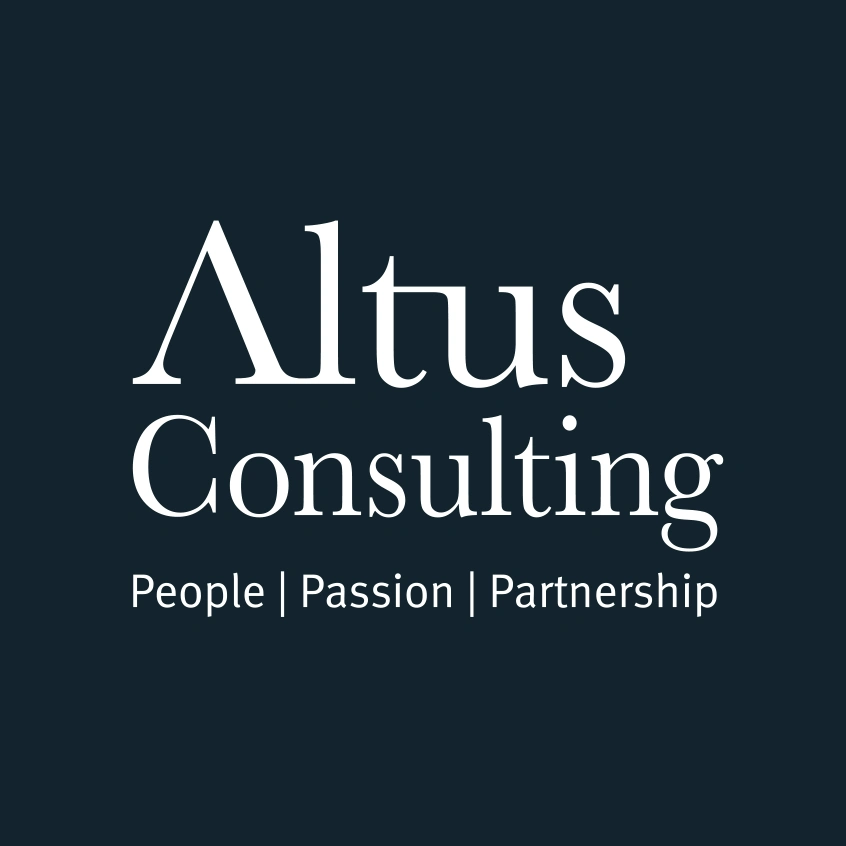In our latest whitepaper, Giving your platform wings, we revisit the theme of platform profitability. In the six years since we wrote our original paper on the subject, the number of platforms has continued to grow, with some of them moving into profit. In this accompanying infographic, we illustrate some of our key findings on platform profitability and operational inefficiencies.
In summary
- The platform industry has taken off over the last 5 years, but significant profits still remain out of range.
- Margins have fallen while regulatory scrutiny has risen.
- Automation is essential, but it can be expensive to implement.
- Platforms need to understand where costs are high and where they are likely to get higher.
- Outsourcing can get you off the ground faster but can quickly get expensive.
- Don’t forget about costs outside of operations.
The cost of sales
Sales are the lifeblood of any commercial organisation – but how much should you be spending? This graphic shows that a typical platform relationship manager would have to generate £100m of AUA in order to cover their own costs (including a small amount of profit) – a total package of £160k.
Total AUA and revenue has risen, however revenue in bps has fallen
As you can see, total AUA has increased by 180% since 2011, whereas total revenue has grown by just 22%, from £1.10bn in 2011 to £1.34bn in 2016. Revenue in bps was already falling in 2011 and has continued to decline, now standing at 24 bps down from 54 bps. These figures indicate the added pressure to industry players operating in a market where it appears difficult to make money.
The platform industry is still struggling to make a profit
The first graphic reveals that 47% of firms from a ‘pure’ platform background are in profit. They have achieved this largely by being run by visionary founders backed up by teams of creative problem solvers and have often proved that scale is not the only requirement for profitability. In contrast, group-owned platforms, with their traditional model of high margins buffering the impact of high development costs, are largely unprofitable.
The second and third graphics demonstrate how, if taken as a whole, the platform sector shows signs of long term profitability. The problem with this is that once you remove the Hargreaves Lansdown Vantage platform, it reveals that industry profitability is much lower than it initially seems.
Run costs and revenue are both falling (2011-2016)
The cost of servicing both a customer and an adviser is falling at the same rate as revenue on platform assets. Effective revenue on platform assets has continued to shrink, making it difficult to even start, let along sustain, making a profit?
Platform run costs across the industry
There are enormous cost disparities across platforms. Whilst the average operating cost per £10k AUA was £42, the highest is £297 and the lowest is £7. Around 40% of platforms are servicing their client book for under 25 bps (that is, £25 per £10k AUA), with a servicing cost of over 100bps on occasion.
Typical platform capability cost view
The spread of non-operational costs varies from platform to platform, but the broad outline is summarised in this graphic, which shows a typical split of run costs for a platform in the Altus benchmark study. There is a significant amount of spend on IT and core infrastructure capabilities (seen in grey and burgundy), alongside sales and support teams (in orange), but much less is spent on developing products and other areas of the proposition.
Key suppliers and participants in the platform market
Outsourcing IT can solve some thorny issues, but platforms must still carry out back-office processes that use the technology themselves. As a result, a number of platforms have come to see this kind of processing as a commodity and have looked to outsource these processes alongside the technology that underpins them.
Business process outsourcers have emerged to service this demand, with different offerings serving specific niches. Suppliers such as Pershing and Allfunds are specialising in the trading and custody of assets at scale. FNZ occupy the middle ground by offering outsourced Investment Administration, with the platform carrying out client and wrapper servicing on the same integrated system. Some suppliers, including Genpact, SEI and DST, have gone further by offering a BPO service that covers the full spectrum of back-office processing extending to wrapper and client servicing.
Summing up
As demonstrated by a number of firms, there is undoubtedly profit to be made in the platform sector; the question remains as to whether the rest of the pack can keep up.




